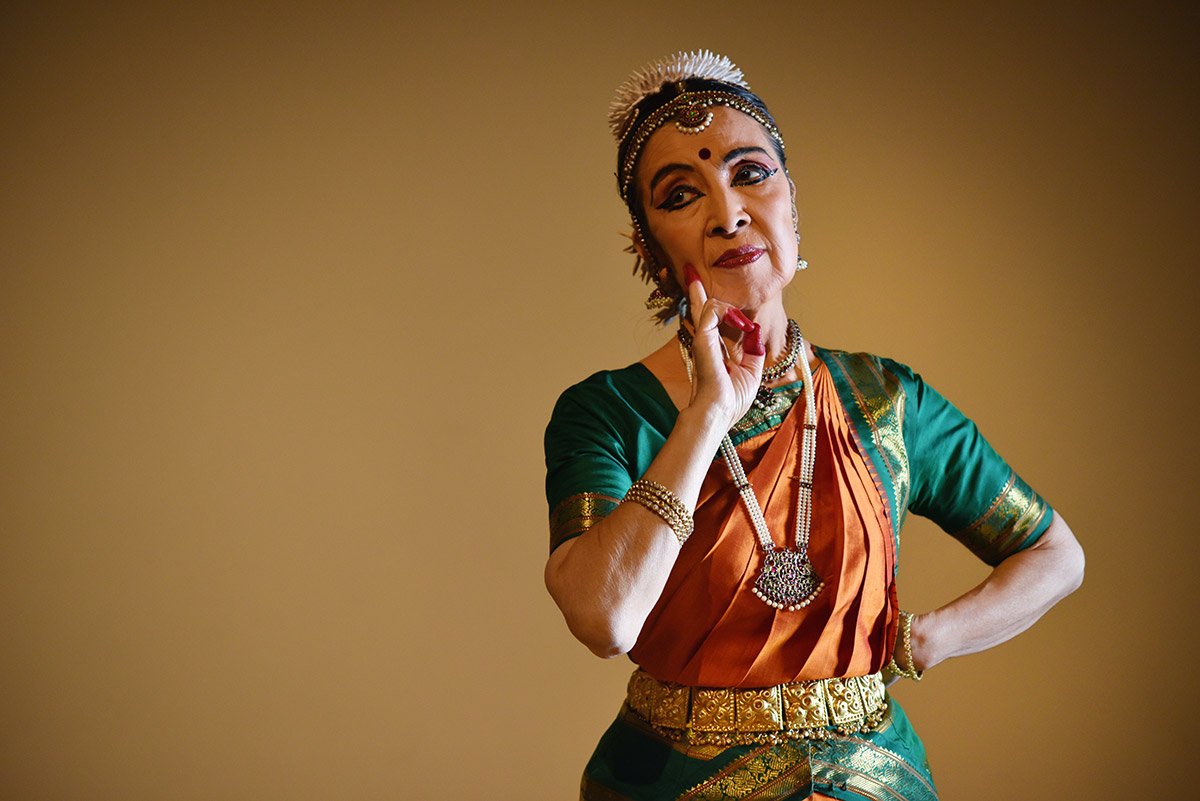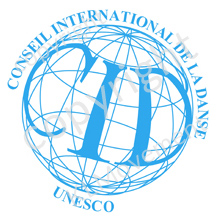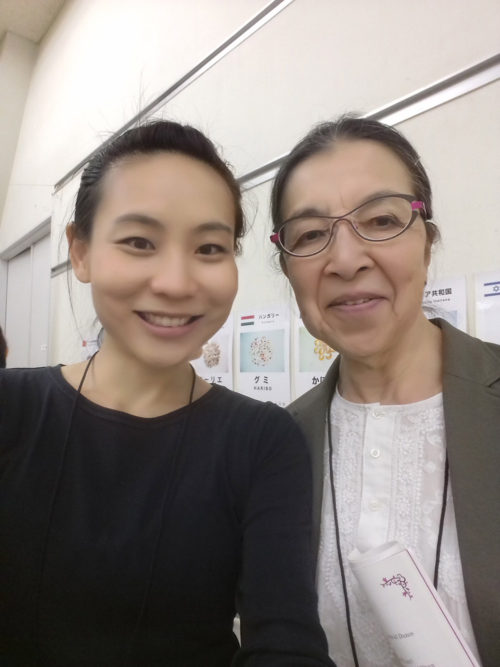
24 Jun An Interview with Kimiko Ohtani, Japan

Photo by Noriko Kawase.
A Japanese in Kalakshektra, 1966 to 1968 ~
written and interviewed by Michelle Jueney, Kuala Lumpur, Malaysia
(Kalakshektra is a BharataNatyam dance school in Chennai, India founded by Rukmini Devi Arundale )
http://www.kalakshetra.in/
Background
I had just finished giving my Odissi Indian Classical dance workshop to a diverse fantastic group of participants at the United Nations Educational, Scientific and Cultural Organization Dance Festival held in Atsugi, Japan on the 26th May this year 2018 when a classy well spoken senior Japanese lady came up to me to introduce herself and told me that she had travelled from Osaka to watch me perform. I was Godsmacked for a moment as never in my life so humbled by such an honour. But the luck became mine when she told me she was formerly a student from Kalashektra, I immediately said I want to interview her and she said yes.
About Kimiko Ohtani
- How old are you?
I am 76 years old. I was born and grew up in Kyoto, studied in Tokyo but now I live in Osaka.
- How long were you in Kalashektra for?
2 years from 1966 – 1968.
- Who were your teachers?
N.S, Jayalakshmi and a few other young ones.
- What about Rukmini Devi?
Oh no, Rukmini only attends the examinations and teaches the senior levels. Not the beginner levels. I mean she is so senior. (Our conversation is casual, easy and fun and we laugh)
- How did you get interested in BharataNatyam as this is rare during your time especially for Japanese?
When I was 25 years old, I was studying research on music at the Toho Gakuen School of Music in Tokyo when my Professor Koizumi from the Tokyo University of the Arts, a visiting lecturer to my university recommended me to study dance music and because Japan does not know much about Indian Classical Dance Music, he suggested that genre as I was thinking what to major in my research.Dance was always my childhood dream but in Japan at that time, parents did not encourage children to take up dance and my parents told me to stick to music. So I kept quiet till university.
In my dissertation, I wrote about BharataNatyam. My Professor told me that I would have to learn the dance to understand the music. So, I went to the Indian Cultural Center (ICCI) and told them I wanted to study somewhere in the South (as that is where BharataNatyam comes from) and they recommended me Kalakshektra and offered me full scholarship. So I was pretty rich while a student there (she looks at me chuckling and she giggles at the memory which I thought made her so easy to talk to and real). - What was your experience like in Kalashektra?
I felt like I entered prison. There were strict rules. I stayed at the hostel there. I was young and didn’t speak any English. There was an American girl, Katherine Siebol that was studying there too and she really helped me a lot. Took care of me. Katherine later married to K.P. Kunhiraman, an eminent Kathakali dancer. The minute she saw him, she grabbed him and they got married. (She does the action of grabbing, laughs, smiles and chuckles from the memories.) He passed away a few years ago and now Katherine lives alone in Berkeley, California.
- What was your first class like?
I had to do ‘puja’ (the act of worship). I had no idea what I was doing and I just did whatever they told me to. They dressed me in a practice saree, took me to a room and I was in front of the statue of Natarajah (Shiva Natarajah is Lord Shiva) and told me to offer flowers and chant something. Followed by stamping 3 steps; Taeya Tae x 3. And they announced, now I was a student and then I joined class. There were only 3 of us as we were international students so our class is separate. The third girl was a German, Waldraud C.Forster (30 years old), then Katherine (20 years old) and me (25 years old) and they both took care of me.
- How long was it before you learned your first dance?
For the first 10 months only Adavus (Adavus are the basic dance steps in BharataNatyam, ‘nritta’ pure dance) and then I was taught Alarippu but only 3 minutes of the dance. And even though it was only 3 minutes, I was panting already as she recalls (the memory so vivid, Kimiko’s expression wide eyed not realising her body was acting out the panting as she recalls and shyly chuckles about it after. I smiled with her, nodding and totally engaged with her the whole interview while writing as fast as I could as I do not have phone space to record)
- What is your most funny experience?
One day, when I was ‘sitting’ (term used in Indian Classical dance to bend the knees wider and deeper) in Aramandi (the diamond leg position or first position in Ballet), the teacher kept saying, “Sit more, sit more!…” repeatedly. You see when I joined the class it had already started and because my English was so bad I didn’t understand anyone and so in the beginning because I was new, when the teacher said, “sit” she would mean for me to sit down by her side to watch the class. And so that was what I thought she meant, and I went to sit down next to her and everyone laughed so hard including the teacher! (Kimiko laughs about it). And that is how I learned not only dance but English.
- What was your best and worse memory?
During a small open-air program for Rukmini Devi’s birthday when she was in her 60’s, we were dancing a folk dance in a circle, the one where you used sticks (Dandiya). I had shoulder length hair and so Katherine helped tie the fake hair plaits to join with my hair, as you know the plaits has to go to the bum and tied under your belt (dance belt). Suddenly, laughing and smiling, Jayalakshmi started shouting, “Kimiko, get in! Get in!” And so I thought she meant go into the circle. I was wondering what had happened with all the shouting. Then I realised, my hair had come undone and my fake pigtail was dangling and dragging on the floor and I had a tail like a monkey and my hair was lose! But I carried on dancing till the song finished. Once backstage one of the Kalashektra teachers did my hair up again so quick in 2 minutes and my hair was all done just like that! The teacher told me to go back out there and I continued dancing. So this is a very famous story in Kalashektra about me, everyone knows about this story. It is the worse but memorable. (She enjoyed telling me all these real honest stories and I really loved her unpretentiousness. It was great!)
- What did you learn and gain and how did you apply this experience in your life?
In my second year I learned the Jatiswaram, Shabdam, Varnam and a few abhinaya pieces and Thillana. I am really happy that I can do something. When I came home, I didn’t think I was going to perform and thought I’d just become a research scholar. One of my teachers in Japan told me, I had received a scholarship so I have to show what I did while in India and so I did a small concert in Kyoto. And because at that time in Japan, no one had ever seen Indian Classical Dance, I received numerous offers to perform everywhere in Japan.After this period, I went to Hawaii to do my Masters in Dance Ethnology for 3 years. Came back and taught Dance and Music Ethnology at Soai University in Osaka till now. After some time, I got tired and went to Northern Ireland. (Northern Ireland is a part of United Kingdom, but Ireland is an independent country.) John Blacking an anthropologist specialising in Dance and Music told me to do my PhD. He passed a few months later from pancreatic cancer. I stayed on for 6 years and taught BharataNatyam to the Indian children in Northern Ireland. There was about 600 Indians in the Indian community in Northern Ireland at that time.The headline in the newspaper read, ‘A Strange Combination: Japanese teaching Indian Dance to Indian children in Northern Ireland’’. (She laughs as she tells me this). So strange yes?When I came back to Japan, I taught music at Kochi University and retired at 63 years old. But Soai University kept calling me to go back and here I thought I could relax. And I have been teaching at Saoi until now. - Do you still remember your dance items?
My favourite dance items are ‘nritta’ items (pure dance) but now I perform ‘abhinaya’ (expressive dance) but in Kalashektra, the teachers told me I have no facial expression. My face is like a mask they commented. But the Indian people said I have beautiful ‘abhinaya’ so maybe I have improved. (smiles, silent laughs together)
- And finally what is your message to dancers and everyone?
Just keep going.Kimiko Ohtani just recently performed on 31st April, The World Dance Day by UNESCO 2018 in Osaka. She gave a Bharata Natyam recital with four musicians invited from Chennai, India, in Kyoto in September 2017.





Sorry, the comment form is closed at this time.